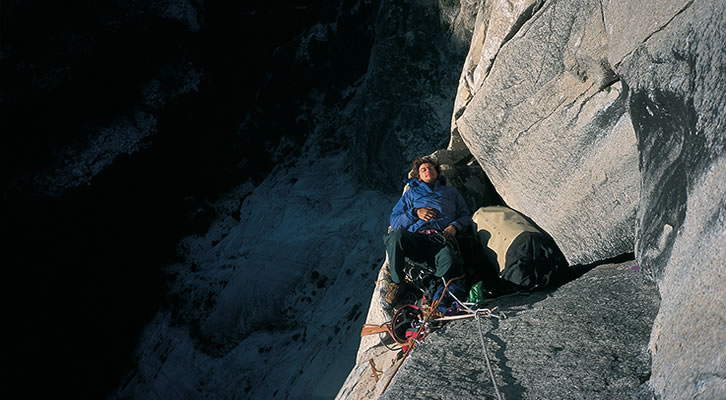SLEEPING BAG TEMPERATURE RATINGS
Temperature ratings were designed to give an idea of a sleeping bag’s performance. For many years, however, they became an area subject to marketing abuse. Recent efforts have been made to restore their validity.
There is no global standard for measuring sleeping-bag performance. Instead, there are several national norms and one European standard:
| UK | BS 4785 |
|---|---|
| France | NF G08-013 |
| Europe | EN 13537 |
| Norway | Thelma |
| USA | ASTM F1720 |
In 2005 the European Standard EN 13537 became the official standard for the labelling of sleeping bags in the European Community. This standard was reviewed and modified in 2011 after it was shown that a number of certified laboratories were giving different results for the same product. The standard is not mandatory, so brands are not legally required to comply (at the time of writing).
Most brands have, however, agreed to follow the EN13537 standard, although not necessarily to full compliance (which includes labelling information on fabrics and filling as well as on temperature values). The minimum standard recommended by the European Outdoor Group (the outdoor trade organisation) is the labelling of temperature values as shown below:
| Upper Limit |
Highest temperature at which a standard adult male is deemed to have |
|---|---|
| Comfort Limit |
Temperature at which a standard adult FEMALE can have a comfortable |
| Lower Limit |
The lowest temperature at which a standard adult MALE is deemed to have |
| Extreme Limit |
A survival rating only for a standard adult female. |
At crux, it is our opinion that the Upper Limit and Extreme figures are of not much value. Consequently, we emphasize the Comfort and Lower limits only. The EN13537 values are quite conservative, but we do feel they accurately reflect the temperature limitations of the sleeping bag for a comfortable night’s sleep. Obviously, individual tolerances may allow some people to go beyond these figures, but we believe this is at the discretion of the user and is not something to be claimed by us.
The EN13537 test uses a mannequin that radiates heat. It is clothed with a simple base layer and placed in a sleeping bag in a chamber maintained at a constant temperature. The mannequin is heated until it has reached a stable surface temperature of 34ºC (human skin temperature). The amount of energy required to maintain this surface temperature is then measured, and the thermal resistance (i.e. insulation) is calculated.
Naturally, the idea of the test is to duplicate real-use conditions. However, all tests have weaknesses and EN13537 has its own shortcomings. First, it relies on parameters for a “standard” male and female – which would be OK if these parameters were actually published and we could each measure our personal degree of deviation from “standard”. Second, our own “standard” condition varies from one day to the next depending on physiological and environmental conditions. Thirdly, the test gives temperature values at which the standard person will be “comfortable” – a concept that is impossible to quantify for any individual.
However, probably the major issue with the EN13537 test lies in its use of a mannequin. Bags that are smaller and fit the mannequin more snugly will return better test results than a larger, more generously sized sleeping bag. So whilst the EN standard may attempt to create a “real-world” test of performance, the best it can achieve is a basis of comparison against competing products, and even then such comparisons can be manipulated by brands in how they size their bags.
We will point out here that all crux bags are quite generously cut. A slightly more spacious fit allows you to use the bag across a greater range of temperatures. When it is cold, you have the option to layer up for more warmth or use an additional liner such as one of our Radioactive models. When it is warm, a larger internal volume reduces the likelihood of overheating.
2017 Postscript
There has been a recent and alarming trend concerning the use of temperature ratings. Many brands are now complementing the EN ratings with their own, in-house “assessment” of what they feel the bag is fit for. Needless to say, they are always superior (warmer) than the EN ratings, and often always just that little bit better than a key competitor. This is a slippery slope back to the bad old days when the claims were highly optimistic, if not bordering on the fictitious. It also undermines the purpose of why the EN ratings were established in the first place.
At all times, exercise common sense in your judgement. If two bags have the same amount of down, with similar fill-power ratings and baffle construction, there is no tangible reason for them to be more than a degree apart in their EN temperature ratings. Remember that marketing is a numbers game and no brand wants to look inferior.

